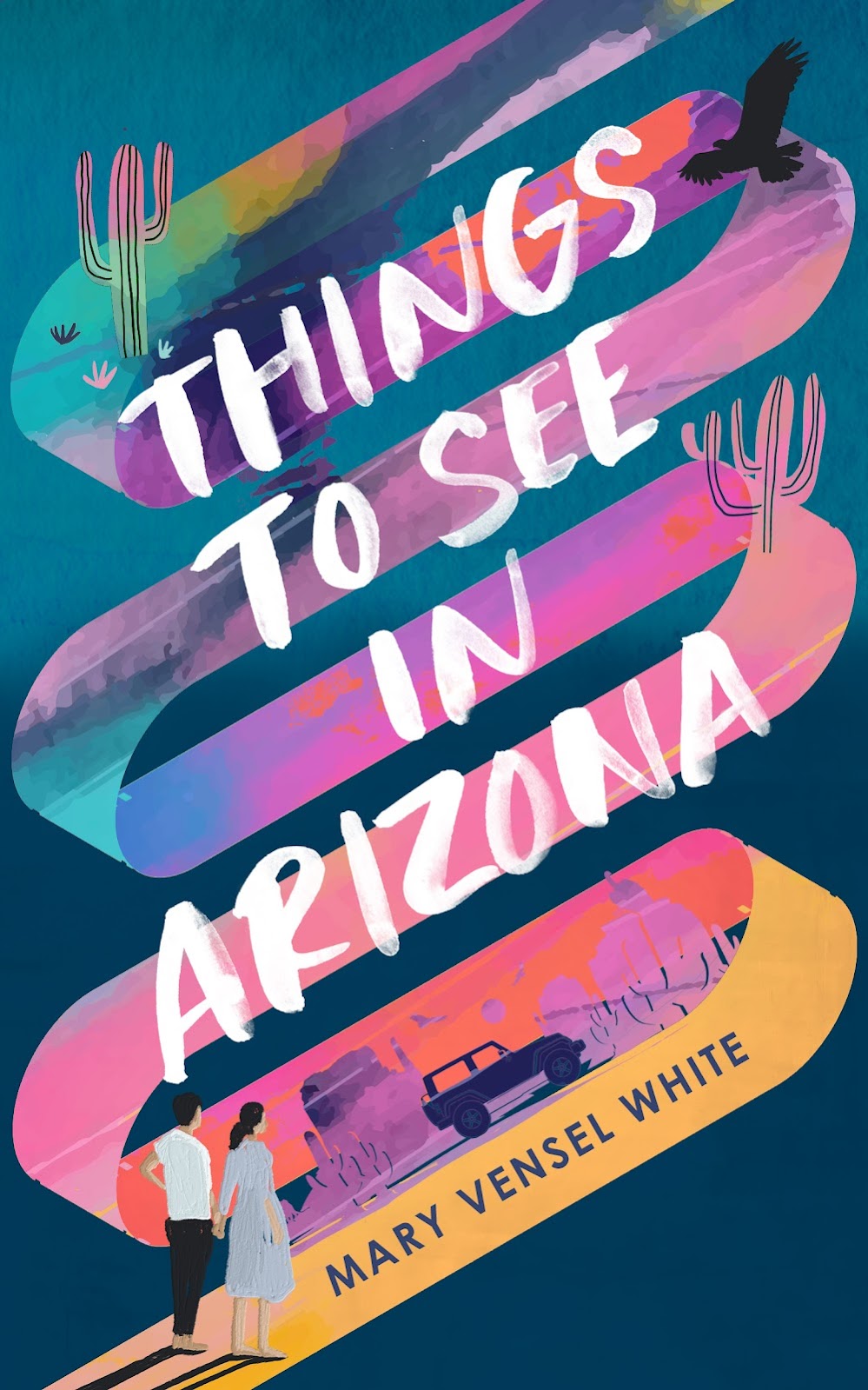One of the things you get asked a lot, if you’re fortunate enough to get your fiction into readers’ hands, is where your ideas came from. That character, they’ll ask, is she someone you knew? What about the place, is it somewhere you’ve been? That plot twist, did it really happen? We all like to draw connections, I suppose, and the process of doing so probably satisfies some eager little section of our brains. One of the results of having a higher-order mind, maybe.
As many of you know, I wrote my novel, The Qualities of Wood, quite some time ago. I was living in Chicago
at the time and took regular trips out of the city to visit family. In the
book, my character has a certain impression of the Midwestern landscape which,
after years, I couldn’t have really said was my experience or not. In fact, in
re-reading the book, I question what I’ve written. I describe a house
surrounded by farmland but backed by a woodsy expanse of trees and wonder if
this is accurate, if this could actually exist. I wonder about the mood—is it something
others would feel in that setting?
I’ve been back to Chicago quite a bit but haven’t made the
drive north to Wisconsin in many years. Last week, my daughter and I were back
in the Midwest, walking the city but then driving through the
rolling hills and farmland beyond the city’s borders. And it was a surreal
experience. Like my character, Vivian, I had left the concrete spaces for green
expanse and I felt as if I was immersed in the novel I’d written so many years
ago.
"The drive wasn’t long,
the countryside a blur of sameness. Fields of indecisive green, hills falling
short of remarkable. Here and there a white or brown-shingled house, some
shadowed by barns. The predictable Midwest."
“Sometimes I think I
could drive around all day, but there’s not much to look at, just the fields
and a cow here and there. It’s peaceful,
though.”
The small, white house
was set back from the road and elevated slightly, like a judge on his bench…White
with dark green trim, there were wide strips of paint missing altogether; these
sections of bare wood gave the impression of something bursting its seams.
About forty feet from the house, the land sloped downward. In the distance stood a line of trees, fairly thick against the sliver of orange that remained of the sun.
So maybe these descriptions, this place, were imprinted in
some corner of my mind after all. A photograph, a feeling, a breath of someplace
different. It makes me wonder what else can be mined from those dusty corners,
so often blocked with debris.























